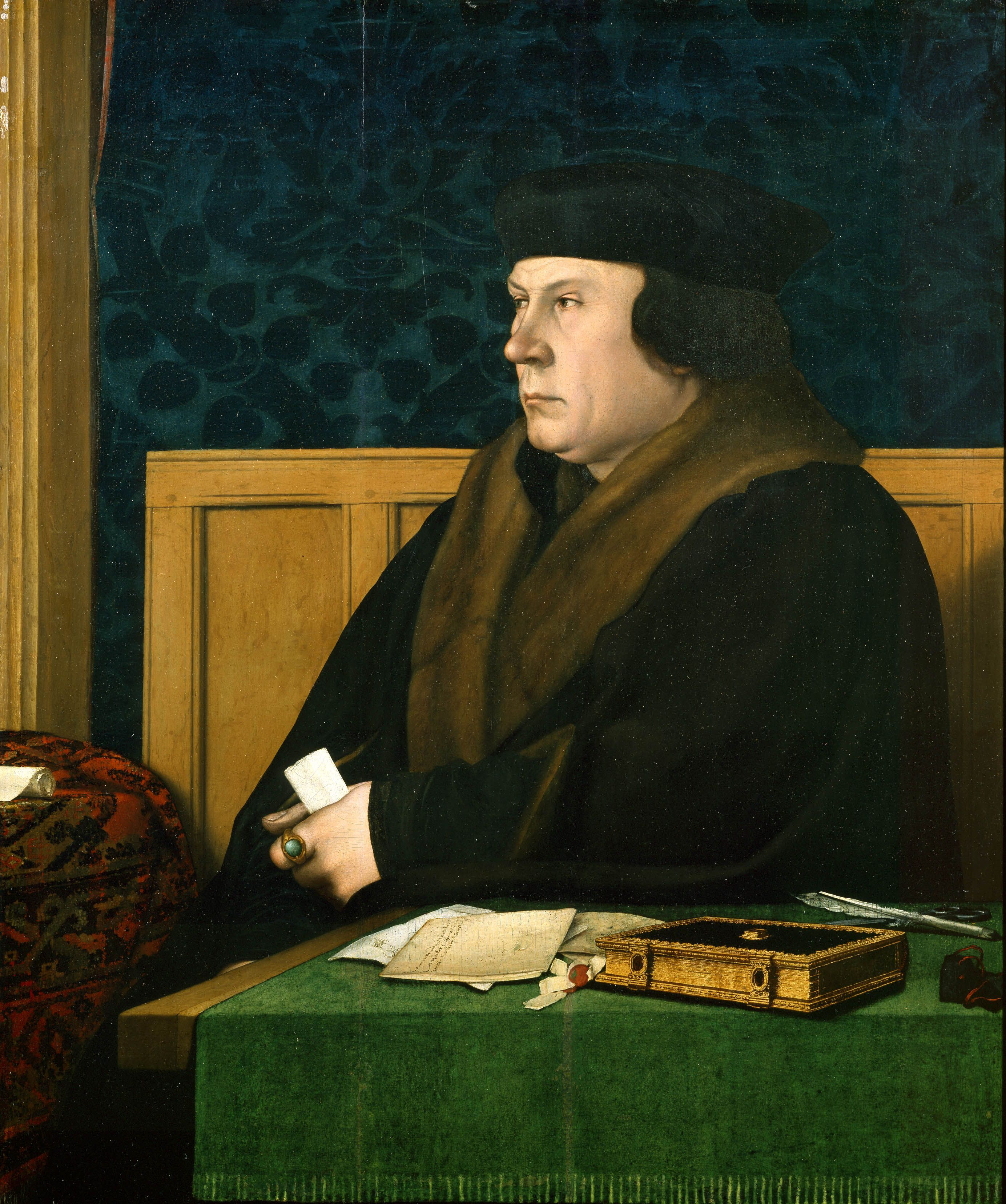Earlier this week, on May 19, was the 484th anniversary of the beheading of Anne Boleyn, the Queen of England and the second wife of Henry VIII. And it is with the scene of her execution that The Mirror & the Light — the final volume of Hilary Mantel’s grand, immersive Wolf Hall trilogy — begins. “Once the queen’s head is severed, he walks away.” With this flawless opening line, Mantel dives right into the execution scene, eschewing any need to specify who “he” is. When the executioner — a swordsman — displays the unique blade used to behead the queen, “he, [Thomas] Cromwell, touches a finger to the metal”. This is how we set out on the journey of the next four years, knowing full well that the book will end with another execution: Cromwell’s.
But how does an author infuse suspense into a narrative the end of which we already know? To say that Cromwell dies at the end of the book does not amount to a spoiler; after all, it is a historical event that took place close to five centuries ago. But when one reads Wolf Hall (2009), Bring Up the Bodies (2012) and now The Mirror & the Light, all of which have transformed the popular understanding of the Elizabethan statesman’s life, one almost feels as though referring to Cromwell’s death is akin to giving out a major spoiler. All the credit for this goes to Mantel’s excellence as a writer, for she knows exactly how to make readers forget the unchangeability of recorded history.
Even more interesting, in our current post-truth world, is the manner in which The Mirror & the Light captures the pliability of truth. The two previous books in the Tudor trilogy did that as well, but the effects are more strongly evident in the final instalment given that the casualty of ‘alternative facts’ is Cromwell himself. Having pursued power for power’s sake — he has executed aristocrats, set monks ablaze at the stake, closed down abbeys, engineered the removal of Catherine of Aragon and the death of Anne Boleyn, and gathered title after title, including Baron and Lord Privy Seal — Cromwell finds himself hemmed in by an increasingly dangerous reality. Dissident armies are rebelling against the king, Spain and France are in cahoots, and Henry is displeased with Anne of Cleves — Cromwell’s candidate for Henry’s new queen. In the final sequence — arguably the trilogy’s most monumental achievement — the entire might of the state machinery that Cromwell built descends on him. The shifty nature of truth, his most prized weapon for years, eventually brings him down.
At nearly 900 pages, The Mirror & the Light sometimes struggles under its own weight. The size is understandable: the changes in the nature of the relationship between Cromwell and Henry are more keenly felt because they occur slowly, almost imperceptibly. But the prose begins to read like that of a rather exhaustive journal, and one feels the absence of Mantel’s lyricism in places. More noticeable, however, is the absence of Anne Boleyn, whose invigorating presence and charged arc propelled the previous novels forward. Jane Seymour and Anne of Cleves — Henry’s third and fourth wives — are very much present in the book, but their contributions to the narrative pale in comparison to Anne Boleyn’s Lady Macbeth-like actions.
But there might be a point to the almost-plain language of The Mirror & the Light, in the manner in which it mirrors the reality of Cromwell’s existence. His wealth is constantly growing, but his complicity in the excesses of the monarchy and the dirty work he does to keep the kingdom together lead to a spiritual bankruptcy. And even through the meandering narrative, Mantel delights in every jibe and slur, every instance of backstabbing, all the intrigue and the religious hypocrisy in Henry’s court. It is a court in which everyone bears a grudge; important political, religious or personal matters are decided on the basis of who has Henry’s favour; dissent is immediately termed treason. Mantel stands out in the profound exploration of her themes: Henry views himself as ‘the mirror and light’ to the other royals, but Cromwell is his mirror, the witness to all his failings and dark deeds.
Ever since Wolf Hall, Mantel has evolved a unique style that many have tried and failed to emulate. Its triumph lies not just in its evocation of the minutiae of the world of the Tudors but also in the feeling it gives readers that they are, at all times, right there with Cromwell and the other figures. Once again, this is most keenly felt in the final sequence, which masterfully juxtaposes Cromwell’s becoming the Earl of Essex with his downfall. Mantel, without losing even an ounce of her subtlely, is also uncompromising in the picture she paints of the plight of a nation at the mercy of a megalomaniac. “Your Majesty is the only prince,” Cromwell flatters Henry, “[t]he mirror and the light of other kings”.
To achieve his own ends, Cromwell must show Henry the image of himself that he wants to see. But in certain kinds of light, Cromwell the servant allows the boundaries to blur. He, a rural blacksmith’s son, born of nothing, sees in himself the mirror image of his king. The Mirror & The Light may lack the electric tension of the earlier novels, but it is still a magnificent conclusion to a stunning historical trilogy, one that pulls the past so close that one can almost touch it.
The Mirror & The Light by Hilary Mantel, Fourth Estate, Rs 799











